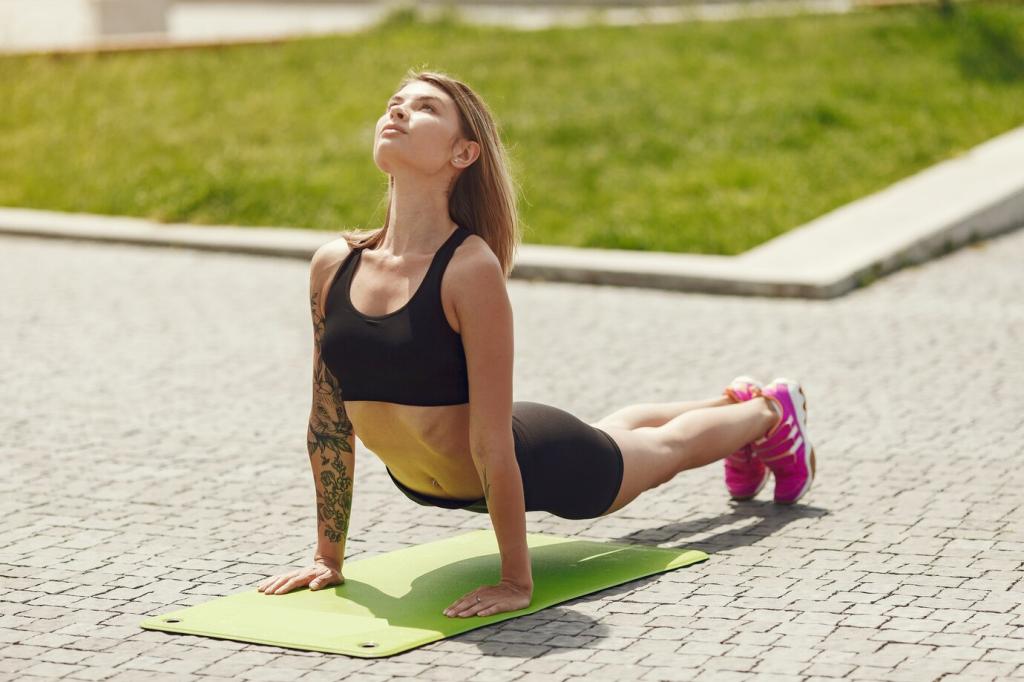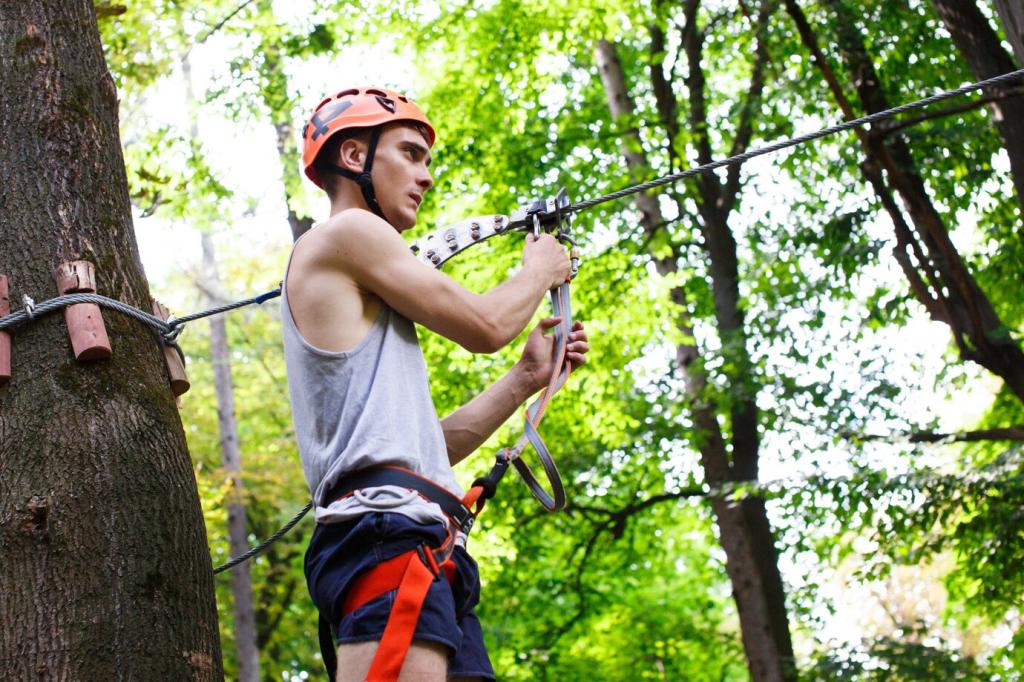Today’s Theme: Essentials of Wilderness First Aid
Step into the backcountry with calm confidence. Essentials of Wilderness First Aid is your friendly guide to thinking clearly, acting fast, and caring well when help is far away. Subscribe, share your trail lessons, and let’s build resilient, resourceful adventurers together.
The Wilderness Primary Survey: Stop, Breathe, Assess
Look up, down, and around before touching the patient. Falling rocks, unstable snow, rising rivers, or lightning change everything. Move the group to a safer zone if needed. Share your go-to safety checks in the comments so others can learn from your habits and help refine your essential approach.
The Wilderness Primary Survey: Stop, Breathe, Assess
Say the ABCDE out loud to slow panic and guide action. Clear the airway, evaluate breathing, stop life-threatening bleeding, check mental status and movement, then protect from exposure. Add environment to every step: wind, wet, and cold can turn survivable injuries into emergencies if you ignore thermal control, shelter, and patient insulation.


Red Items: Life-Saving Core
Keep a tourniquet you know how to use, hemostatic gauze, strong gloves, and a CPR barrier. These are small, decisive tools for the worst minutes. Practice application eyes-closed and gloved. If you carry it, train with it. Comment with your preferred tourniquet model and why it earned trust during drills or real field use.

Blue Items: Comfort and Continuity
Tape that actually sticks, blister care, antihistamines, pain relievers, and oral rehydration salts keep a manageable issue from ending your trip. Essentials include wound dressings that work when sweaty, sandy, or wet. Share your favorite tape trick for heel blisters, and help others hike out smiling instead of limping painfully.
Direct Pressure, Wound Packing, and Tourniquets
Press hard and steady for several minutes before peeking. For deep wounds, pack hemostatic gauze and continue pressure. Tourniquets save lives when bleeding is severe or unmanageable. Time the application, reassess frequently, and insulate the patient. Share a training experience that changed your confidence in bleeding control techniques under realistic, stressful conditions.
Cleaning, Irrigating, and Closing
Irrigate with copious, clean water to reduce infection risk. Avoid aggressive scrubbing that damages tissue. Use wound-closure strips only on clean, low-tension edges. Essentials emphasize patience: spend more time irrigating than you think. Tell us your field irrigation hacks, and subscribe to receive our step-by-step wound care mini-guide for weekend trips.
Aftercare, Infection Watch, and Movement
Redness spreading, pus, increasing pain, fever, or foul odor signal trouble. Keep dressings clean, change as needed, and elevate when possible. Encourage gentle movement if safe to reduce stiffness. Essentials include honest reassessment: evacuate if signs worsen. Comment with your preferred minimalist dressing strategy when weather and mileage complicate perfect sterile technique under pressure.
Splints, Sprains, and Suspected Fractures
Recognize Before You Move
Look for deformity, swelling, bruising, crepitus, and inability to bear weight. Ask about mechanism: twist, fall, or impact. Tenderness along bone shafts suggests fracture. Essentials remind us to stabilize first, then plan. Share your assessment ritual so others can slow down, observe carefully, and avoid worsening hidden injuries accidentally.
Improvised Splints That Actually Work
Pad generously, immobilize joints above and below, and secure without cutting circulation. Trekking poles, sleeping pads, and clothing become effective bracing. Test comfort by gentle movement around the splint. Essentials prize practicality: simple, stable, and adjustable. Tell us which splinting materials earned a permanent spot in your kit after repeated field successes on long trips.
When to Evacuate Now
Open fractures, compromised circulation, numbness, severe deformity, or intense pain despite immobilization demand rapid evacuation. Reassess skin color, temperature, and sensation frequently. Essentials prioritize safety: stop the day if needed. Comment with your evacuation decision framework and subscribe for our printable go/no-go flowchart to carry inside your map case.
Environmental Emergencies You Can Meet
Early signs include the umbles: mumbles, stumbles, and fumbles. Build insulation below and above, block wind, add calories, and change wet layers. Shared body heat and hot drinks help. Essentials insist on prevention: manage sweat early. Share your most effective micro-shelter trick for sudden cold rain at a windswept pass far from camp.
Environmental Emergencies You Can Meet
Stop exertion, shade the patient, cool with water and airflow, and replace fluids with electrolytes. Watch mental status carefully. Essentials include planning water and timing effort to avoid peak heat. Tell us how you adapt your pace and clothing in desert environments, and encourage new hikers to respect sun exposure honestly.


Illness Clues: SOAP Notes and Patient Assessment
Chief Complaint and History: SAMPLE
Gather Symptoms, Allergies, Medications, Past history, Last intake, and Events. Listen fully before touching gear. The story clarifies risks and priorities. Essentials reward curiosity: ask open questions. Share your favorite memory trick for SAMPLE so it sticks when the wind howls and daylight fades in the rugged wilderness.
Vitals Tell the Story
Count breaths carefully, feel pulse quality, assess skin color and temperature, and track mental status. Re-check over time; trends beat single numbers. Essentials are disciplined: record everything. Comment about tools you actually carry for vitals, and whether you prefer analog watches or simple cadence methods for respiratory rates accurately.
SOAP Notes That Travel With You
Subjective, Objective, Assessment, Plan organizes chaos. Write legibly, include times, and state your logic. Hand notes to rescuers if evacuation occurs. Essentials value continuity: your observations bridge the gap. Subscribe for our waterproof SOAP template and tell us which fields you tweak for paddling, alpine, or desert trips specifically.
Navigation, Communication, and Evacuation Decisions
Stay or Go? The Decision Framework
Weigh patient stability, terrain, weather, daylight, group strength, and communication options. Conservative choices save energy for care. Essentials preach humility: turn back sooner than pride suggests. Share your decision matrix so others can copy a practical approach when fog rolls in and pressure rises unexpectedly during a challenging ascent.
Sending the Call: PLB, Satellite Messengers, and Runners
Your message should include location, number of patients, injuries, resources, and hazards. Keep the device accessible and charged. Runners need written details. Essentials value redundancy: backup navigation in case batteries die. Comment with your beacon message template, and subscribe for our concise emergency text scripts to practice before trips.
Packaging and Transport
Insulate, protect the airway, and secure the patient before moving. Build litters from poles and pads, rotate carriers, and rest often. Essentials emphasize patient comfort and rescuer safety equally. Share your favorite improvised litter method and what you learned about pacing during a long carry-out on steep, uneven trails.
A True Story and a Promise to Practice
Midway along a ridge, thunder chased us. A partner rolled an ankle on wet talus. ABCDE, then a quick, padded splint from a sleeping pad and poles. We set micro-shelter, gave warm drinks, and navigated a gentler exit. Essentials worked because we practiced the movements together repeatedly before departure.

